From Pushing a Broom To Working on a Formula 1 Pit Wall
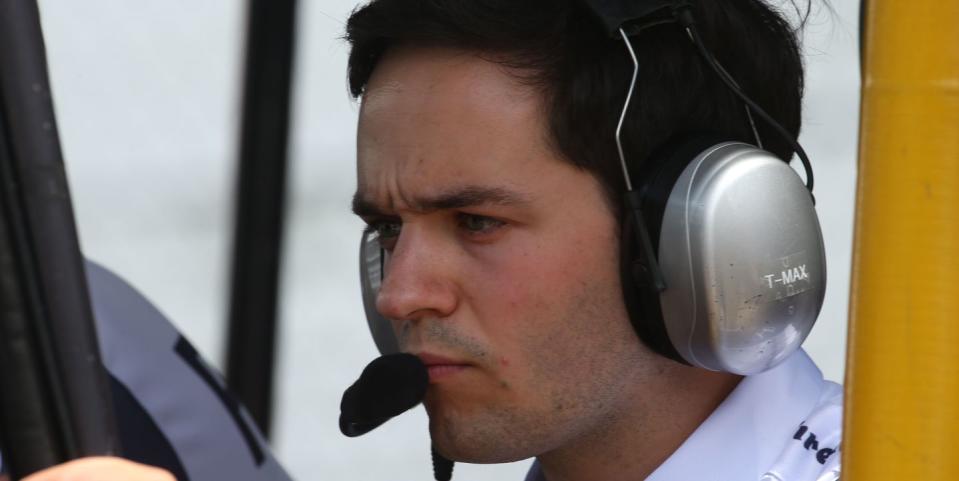
If you’ve ever harbored a dream of working for a Formula 1 team and wondered how to get there, let me introduce you to Trevor Green-Smith, whose Grand Prix wishes just came true.
The Northern Californian is joining his new team for this weekend’s USGP at Circuit of The Americas. He’s been hired as a performance engineer, tasked with spotting all areas where the driver and car are meeting expectations or failing to deliver.
He’ll be one of the engineers stationed in front of a bank of monitors in the garage or on pit wall, feeding data and keen observation upwards to the race engineer and strategists. A little over a decade ago, his primary tools were brooms and mops. But the adventure to F1 began as a pre-teen after meeting Phil Reilly in the little Bay Area town of Corte Madera.
“I would say I was probably like 10 or 11,” Green-Smith says. “Little did I know there was a Formula 1 car lurking not three blocks away from the house I grew up in. One day he foolishly decides to start the car in his home garage with the garage door cracked open and this cosmic noise erupts. I just went running towards it, stuck my head in the side door of the garage, and there's this guy and this monster sitting on high stands smoking, and that was my introduction to Phil Reilly.”
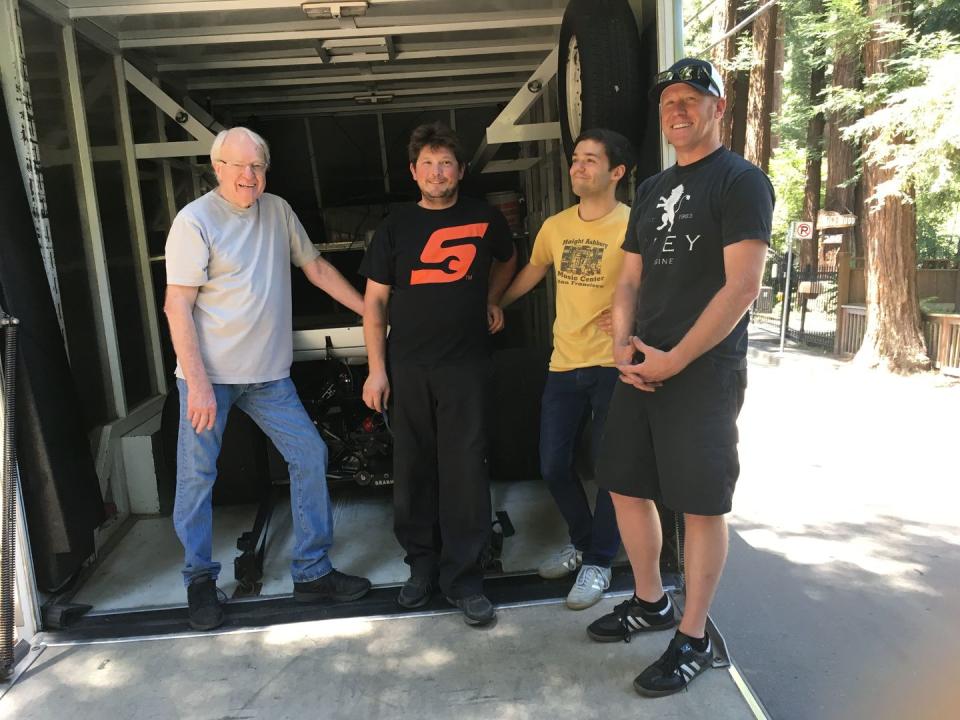
Located within walking distance of George Lucas’ original, sprawling, and semi-secret Industrial Light and Magic movie production complex, and just over the hill from the notorious San Quinton prison, Reilly’s home and his Phil Reilly & Company vintage racecar restoration shop would provide Green-Smith with an epic starting point in the sport.
“[Reilly] saw this kid poking his head through the door … [and] owns the greatest restoration shop in the world; he invited me to come have a look at the shop, walked around,” he says. “I did meet Jon Ennik that day and a few others, and as you would when you're 11 and you think the world is your oyster, I asked him for a job and he said, ‘No you're a little too young for this, there's a lot of dangerous things in this building. Come see me when you're a little older.’
“Out of the tail end of senior year and not really knowing what to do with myself, but with this pretty deep and abiding passion for cars and racing, the first thing that came into my mind was to go see Phil. I had a chat with him on the phone and went into the shop. And you know, a few visits later, he and [shop manager-turned-shop owner] Brian Madden put a broom in my hand and said, ‘Go to town.’”
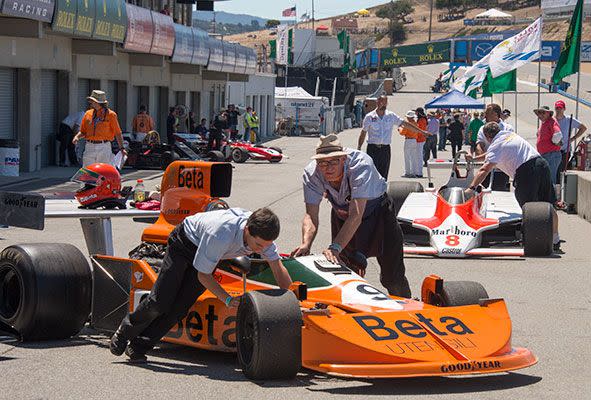
Green-Smith was hired as Reilly & Co’s new ‘gofer,’ or, ‘The Turd,’ to be more accurate. Entrusted with nothing more than menial tasks, he watched and listened as master mechanics like Reilly, Madden, and Ennik took a shining to their diminutive shop pet.
“My first few days there were just spent tiptoeing around and hoping not to knock anything over,” he says of the garage filled with priceless race cars from yesteryear. "But that was where you started. Even within that tight-knit racing community, that position is still affectionately referred to as ‘The Turd.’ It sounds terrible when you first start, but as people within the [vintage racing] community like Dan Marvin and John Anderson will tell you, it's probably the best job you'll ever have because it's all brand new. And if you show enthusiasm, and you work hard, and you try to do a good job, people just bestow knowledge upon you constantly.”
While Green-Smith certainly isn’t the first of his kind in F1, his starting point of working in a vintage racecar restoration and preparation business and specializing in the maintenance and running of historic F1 cars is unique.
Where many of today’s F1 engineers went straight to university and directly into the upper echelons of the sport, it was Green-Smith’s hands-on education with legendary grand prix cars, starting with Reilly’s 1974 Brabham BT44, and Cosworth’s legendary DFV engines, and all the other mechanical lessons on offer that built his experiential foundation.
“It was a few months into being at Reilly and I already had the thought of going to school for motorsport engineering, whether that was going to be in Indiana or overseas,” he says. “And within the first few months, Phil trusts me to start tearing down a Cosworth DFV. Right. And that's genesis, finally, putting your hands on this incredible work of art that won 130 World Championship races in the back of various Formula 1 cars, and as the experience at Reilly unfolded, there was just more and more trust as you got to learn to do different things.”
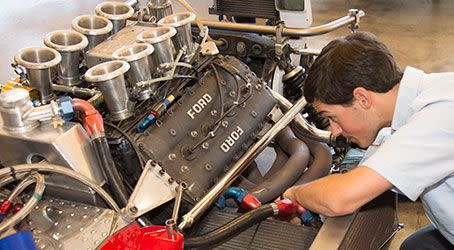
Another key to Green-Smith’s development was moving outside the shop to assist Reilly & Co. with running the F1 cars for their driver/owners at tracks throughout North America and Europe.
As he begins to learn the intricacies of today’s F1 cars with hybrid engines and kinetic energy recovery systems and electronic devices that cost untold millions to create, there’s a beauty in knowing the roots of his expertise were drawn from old school Brabhams and McLarens and Penskes that made heroes of their golden era pilots.
“By the end of it, [I was building] various sub-assemblies and putting together gearboxes or doing gear changes at the track, with Jon Ennik and all these incredible people teaching incredible skills,” he continues. “So by the time I actually headed overseas to university in England, I had this whole other skill set where you possessed some knowledge, or some feel for every part on the car. That was massive.”
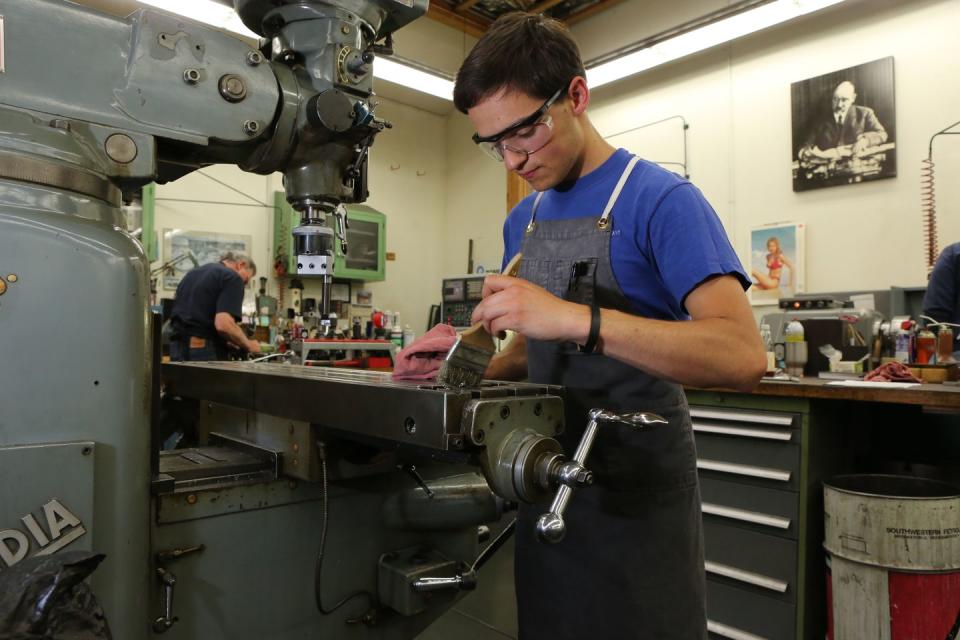
After considering a similar program offered by IUPUI in Indiana, Green-Smith took his vintage F1 bona fides and pursued a motorsports-themed mechanical engineering degree at Oxford Brookes, in the UK.
“But going from that to engineering school was kind of a hard transition,” he adds. “All of a sudden, you have to shift your brain back into gear for academia. Luckily, I was able to spend a couple of winters and summers worth of breaks coming back to Reilly and continuing to learn. That was definitely pretty pivotal.”
While attending Oxford Brookes, Green-Smith took another important step towards achieving his F1 dream. He realized there were two paths to follow while at university: There was the passive route, which entailed completing his assignments and graduating with honors, and there was the pro-active route, which involved chasing external opportunities to apply all he was learning on a daily basis. Green-Smith’s forthright approach to his future would result in an accelerated timeline in relation to his classmates.
“At an English University, you have long summer breaks and it became pretty apparent to me that the next step would be to try to transition from apprenticing as a mechanic in vintage racing to some kind of engineering role,” he says. “On my first visit to England to look at schools, I met Matthew Grant at Cosworth. Matthew made the introduction to Dave Goode, who ultimately offered me a summer internship, which I jumped at. Because, oh my God, working at Cosworth in Northampton, which is this legendary institution. It was just a phenomenal opportunity to dive into the engineering side of things in a practical way.
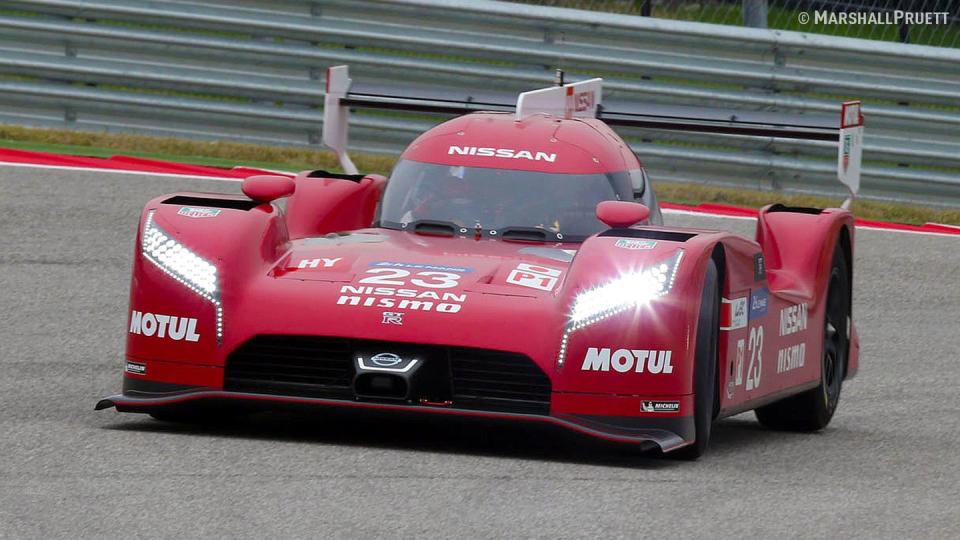
“And they sent me straight to the dyno while they were working on the Nissan LMP1 project. I stuck my head into Dave's office one day and said, ‘You know, hey, I really appreciate this job. And I'm really excited by all this. But if you guys are ever going to the track, and there's any way in hell that you would send me, I really want to go.”
Although Nissan’s GT-R LM Nismo FIA World Endurance championship program from 2015 is remembered as one of modern racing’s greatest failures, Cosworth’s tidy twin-turbo V6 engine had nothing to do with the grand managerial and technical shortcomings that led to the project’s shuttering after its debut at the 24 Hours of Le Mans.
Found at the back of photos from pre-event testing and again at the LM24, Green-Smith can be seen, laptop in hand, providing trackside support as an engine technician.
Additional focus on the chassis side and the massive onboard data acquisition systems carried within LMP1 cars and top-tier open-wheel machines would open up more opportunities for Green-Smith to venture out during the summer, or on free weekends, to serve as a ‘DAG’—racing parlance for ‘data acquisition geek’—where more layers of experience were captured.
Beyond the specific gathering of engineering-related wisdom, it was the differing workplace environments where Green-Smith took home powerful interpersonal lessons that university could not offer. A degree from Oxford Brookes was always going to be invaluable, but being fired through myriad personalities in the various garages, from the loud and demanding crew chief to the mousy and mostly non-verbal race engineer, armed him for the big leagues.
“It's kind of a cultural adventure in every workplace,” he says. “To go from Cosworth, see how Nissan operated, and then to this small Austrian team in World Series by Renault, and the next year at an Irish LMP2 team, and each time, you get on a plane and show up and don't really have any idea what you were about to get into. And you have to adapt, and you have to be open-minded, and not be afraid to express your enthusiasm, but also maybe hold back a little and sort of get the lay of the land for a while before diving in headfirst.
“There's been scenarios where you look around, you're like, ‘Wow, this is an amazing group of people.’ And the attitude is positive. And then there's moments where it's like, ‘Oh my God, how did this car even get on the racetrack?’ It goes either way.”
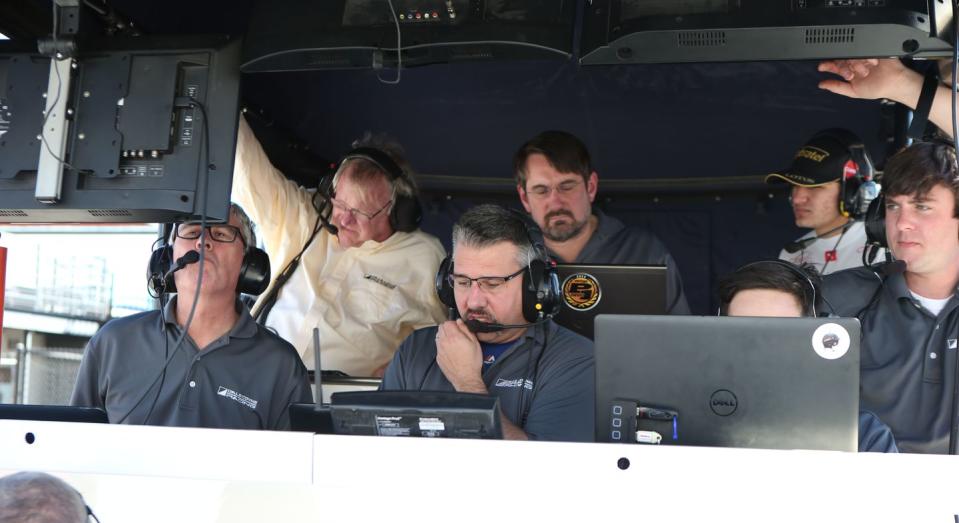
Finished with schooling, Green-Smith returned home and asked a few friends involved with the NTT IndyCar Series to make introductions to teams in need of a DAG. Illinois-based Dale Coyne Racing opened its door to the new graduate, and through a relationship his Reilly mentor Ennik and others had with Coyne race engineer Michael Cannon, Green-Smith was placed aside the peerless race engineer on the timing stand. It’s here where the extracurricular work with the numerous racing teams paid off.
"When I graduated and got my first opportunity in IndyCar with Dale Coyne, it was all foreign,” he says. “Because IndyCar was new to me, except as a spectator. But at the same time, [I’d] seen and been in enough different team environments that I could take the temperature and acclimate pretty quickly and find a groove. It certainly helped that it was a fantastic group of people. And, you know, it was a very welcoming group, and Coyne is very much like a family.
“But at the same time, it was actually also a wonderfully humbling experience, because I came off of my three-ish seasons of DAG-ing various things, [thinking] I understand racecars. And then you come to IndyCar and it's like, ‘Oh, no, I don't, just kidding.’ So that was awesome. My first race engineer there was Michael Cannon, and he was an excellent mentor. He was also super understanding but willing to answer every single dumb question I had, and you know that helps a lot.
“And that's, again, those unique situations that you can't design or necessarily position yourself into.The bottom line is that wherever you go, you have to be open minded, you have to not be afraid to express your enthusiasm and ask questions that will potentially make you look dumb. Oftentimes, you'll get really enlightening answers, and that's what matters.”
Although some might want to go straight from university to work with Lewis Hamilton at Mercedes or Max Verstappen at Red Bull, Green-Smith points to all he gained by choosing smaller outfits, at least to start, where it took a few years to learn what might have taken a decade at a bigger team. Rather than choosing a role with a narrow scope at a world-renown operation, the less-heralded teams are where those wanting to reach F1 will find a multitude of disciplines to master.
“It's also testament to the fact that on a smaller team in any given series, you're going to be exposed to a lot more; there's less specialty, there's fewer people, fewer cooks in the kitchen, so to speak,” he says.
“That absolutely helps. I would certainly encourage people getting into the sport--don't be afraid to start out in a lower series or at a smaller team in a bigger series, because the level of [educational] exposure is just that much higher. That's huge.”
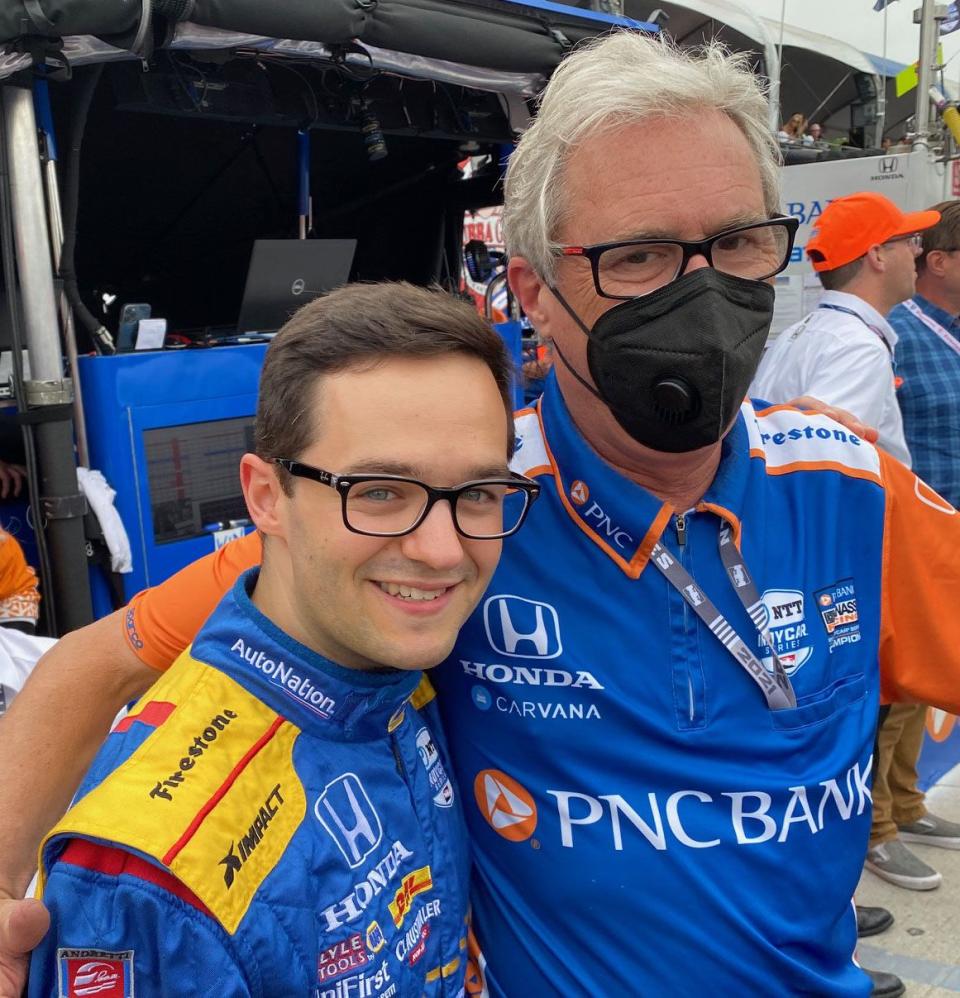
In what would be his final stage of preparation for F1, Green-Smith moved from Coyne’s two-car effort to became part of Andretti Autosport’s impressive IndyCar infrastructure, working with engineer Jeremy Milless on Alexander Rossi's entry. A team with four full-time entries, plus two more for the Indy 500, meant working inside a massive engineering group.
"(Being part of a big team) was certainly like nothing I had ever really seen or experienced,” he says. “And it could not be two more different environments. A lot of time spent just getting your bearings, hiding at your desk, waiting for somebody to say something to you, but at the same time, it's still a racing team.
“It still has the same level of enthusiasm and camaraderie, and pretty quickly, people in the office were cracking jokes, making fun of you. I walked into that opportunity without actually knowing which car and which crew and which engineer I was going to be working with. But it didn't matter because it was a step up in position, stepping into a much larger team, being exposed to a wide breadth of things. More resources and more people. And that's also super important, obviously. So in the end, you know, it was great. By some miracle, you end up working with Jeremy and Alexander Rossi, and it was all kinds of bewildering.”

As the 2021 IndyCar season headed into its final months, Green-Smith learned of an opportunity in F1 where he’d be able to take his engineering skills forward and upward. Relationships played a role, as did his work product.
Beyond his innate intelligence, Green-Smith’s commitment to being warm and asking questions that might lead to ridicule are other important ingredients to how he went from pushing a broom to rebuilding DFVs to wearing a F1 hard card around his neck that grants access to the paddock, pit lane, and all the places he envisaged as a kid growing up in Corte Madera.
“You might catch some flack about it once in a while for being overly enthusiastic, but we are all racers,” he says. “And when people see genuine enthusiasm, drive and interest, they want to stoke that fire. And I think that's really important to remember.”
Listen to Green-Smith’s story and finer insights on how he reached working in F1 in the podcast below:
You Might Also Like

 Yahoo Finance
Yahoo Finance 